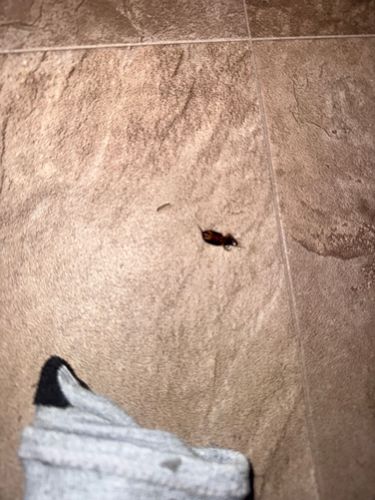Cockroach
Scientific Name: Blattodea (order), specific species vary (e.g., Periplaneta americana for American cockroach, Blattella germanica for German cockroach)
Order & Family: Order: Blattodea, Family: Blattidae (or various other families within Blattodea, depending on the specific species)
Size: Varies significantly by species; common pest species range from 1/2 inch to 3 inches (1.2 cm to 7.5 cm) in length.

Natural Habitat
Cockroaches prefer warm, humid, and dark environments, often found indoors in kitchens, bathrooms, basements, and utility closets. They hide in cracks, crevices, behind appliances, in cabinets, and under sinks. Outdoors, they can be found in leaf litter, drains, and sewers.
Diet & Feeding
Cockroaches are omnivores and scavengers. They will eat almost anything, including food scraps, decaying organic matter, starches, sweets, grease, paper, fabric, and even other insects. In homes, they are attracted to crumbs, spills, and poorly stored food.
Behavior Patterns
Cockroaches are primarily nocturnal, meaning they are active at night. During the day, they hide in cracks and crevices. They are fast runners and can squeeze into tight spaces. They are known for their rapid reproduction rate, and females can produce many egg cases (oothecae) in their lifetime. They undergo incomplete metamorphosis, with nymphs molting several times before reaching adulthood.
Risks & Benefits
Risks: Cockroaches can carry and spread various bacteria, pathogens, and allergens, contributing to food contamination, asthma, and allergies, especially in children. They can also cause an unpleasant odor in heavily infested areas. Benefits: In natural ecosystems, some species play a role as decomposers, breaking down organic matter. However, common indoor pest species provide minimal to no benefit in human environments.
Identified on: 8/26/2025